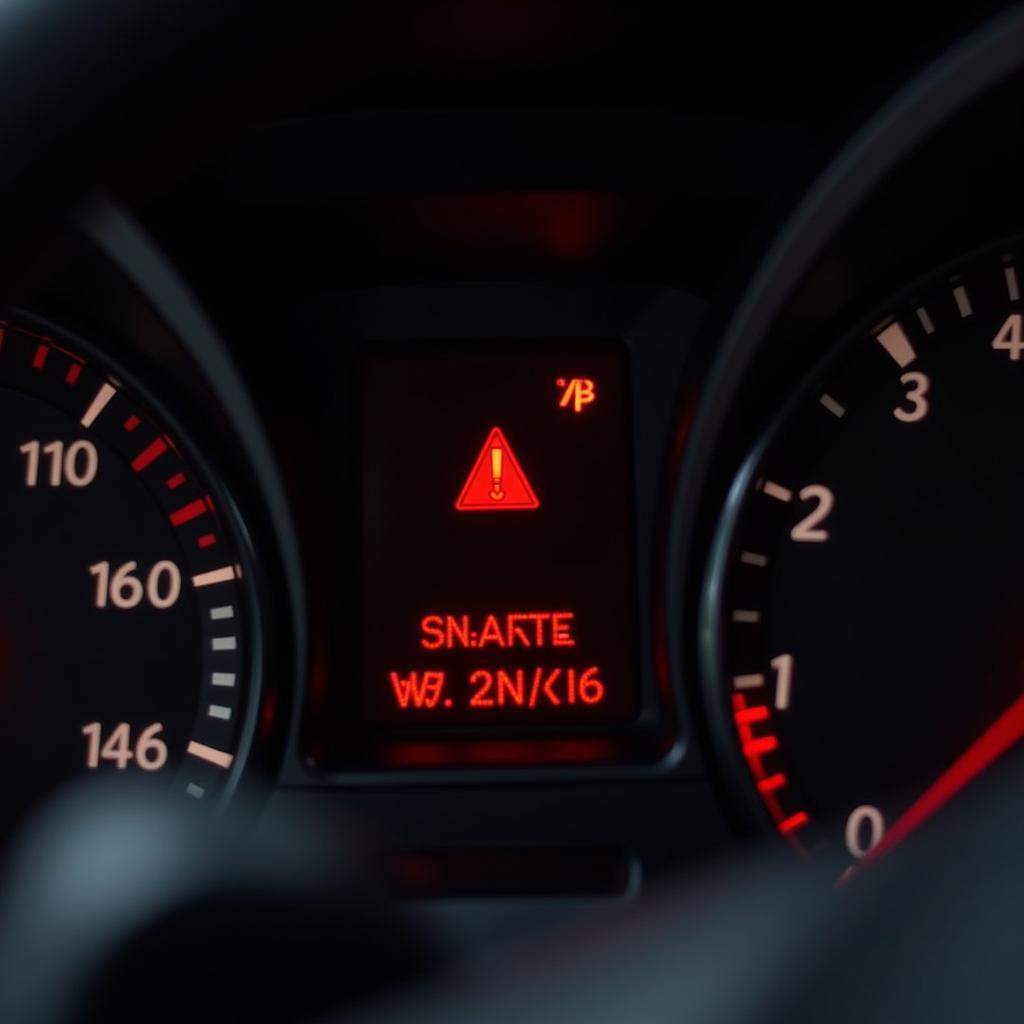Parasitic discharge, a silent thief of your car battery’s power, can leave you stranded at the worst possible moment. Understanding this common issue and knowing how to diagnose and fix it can save you time, money, and a whole lot of frustration. This guide delves into the world of parasitic battery drain, providing you with the knowledge and tools to tackle it head-on. mini battery discharge offers further insights into this specific issue.
What is Parasitic Discharge?
Parasitic discharge, also known as parasitic draw or parasitic drain, refers to the slow but steady drain of your car battery’s power while the engine is off. This drain occurs when one or more electrical components continue to draw current even after the ignition is switched off. Over time, this constant drain can deplete the battery, leaving you with a dead battery and a no-start situation. Everything from faulty wiring to malfunctioning modules can contribute to this problem.
Modern vehicles have numerous electronic systems that can be potential culprits. These include the alarm system, radio, clock, computer modules, and even interior lights. Identifying the source of this drain is crucial to resolving the issue.
How to Diagnose Parasitic Discharge?
Diagnosing a parasitic discharge requires a systematic approach and a few basic tools. One of the most common methods is the ammeter test. check car battery for parasitic drain provides a comprehensive guide on performing this test effectively. First, disconnect the negative terminal of your battery. Then, connect an ammeter in series between the disconnected negative cable and the negative battery post. The ammeter will display the amount of current being drawn. A reading higher than 50 milliamps typically indicates a parasitic drain.
Once you’ve confirmed the presence of a drain, the next step is to isolate the culprit. This can be done by systematically removing fuses one at a time while monitoring the ammeter reading. A significant drop in the reading after removing a specific fuse indicates the circuit containing the faulty component.
“A systematic approach is key when diagnosing parasitic discharge,” says automotive electrical expert, John Miller. “Don’t jump to conclusions. Carefully check each circuit and component until you isolate the source of the drain.”
Finding the Culprit: Common Causes of Parasitic Discharge
Several common culprits can cause a parasitic discharge. Faulty relays, stuck switches, and malfunctioning modules are often the source of the problem. finding parasitic drain in car delves into the process of identifying these issues in more detail. A glove box light that stays on, a faulty door latch switch, or even a malfunctioning aftermarket accessory can contribute to a parasitic draw.
A less common, but still possible, cause is corroded wiring. Damaged wiring can create unintended paths for electricity to flow, resulting in a slow drain on the battery. Thoroughly inspecting the wiring and connectors can help identify any corrosion or damage.
“One often overlooked culprit is aftermarket accessories,” advises electrical systems specialist, Sarah Johnson. “These additions can sometimes create unexpected electrical pathways that lead to parasitic drain. Always ensure professional installation of any aftermarket equipment.”
Preventing Parasitic Discharge
Preventing parasitic discharge starts with good car maintenance practices. Regularly inspecting your electrical system, ensuring proper installation of any aftermarket accessories, and addressing any electrical issues promptly can help prevent parasitic drains.
Furthermore, minimizing the use of accessories while the engine is off can also help prolong your battery’s life. Don’t leave interior lights on, and unplug any chargers or devices when not in use.
battery discharge warning mini offers valuable information for Mini owners specifically.
Conclusion
Parasitic discharge can be a frustrating problem, but with a little knowledge and the right tools, you can effectively diagnose and fix it. By understanding the causes and prevention methods, you can keep your car battery healthy and avoid the inconvenience of a dead battery. Remember, a systematic approach, careful inspection, and regular maintenance are key to conquering parasitic discharge. parasitic loss battery offers further resources on this topic. Don’t let parasitic discharge drain your battery and your peace of mind – take control and keep your car running smoothly.

